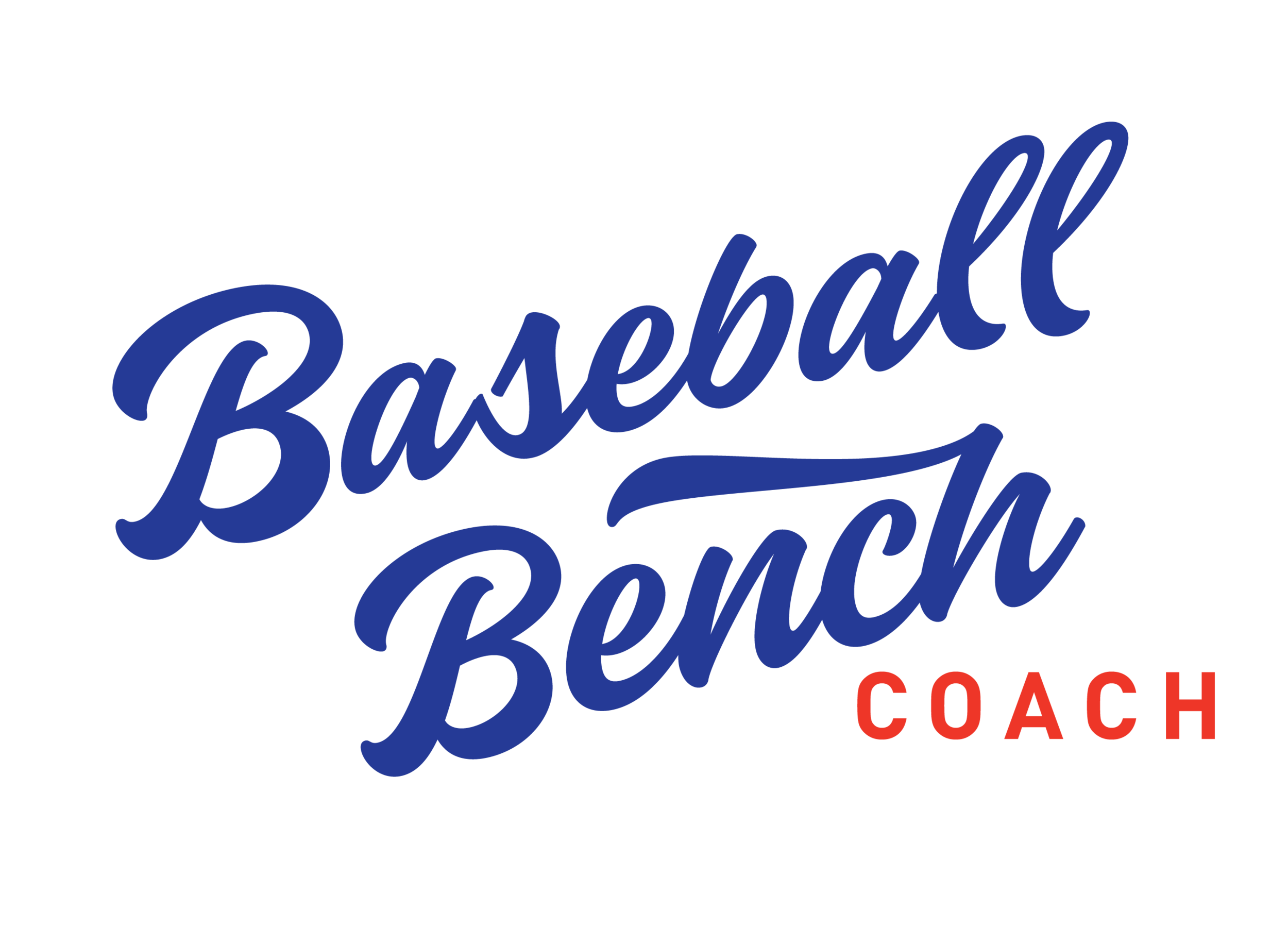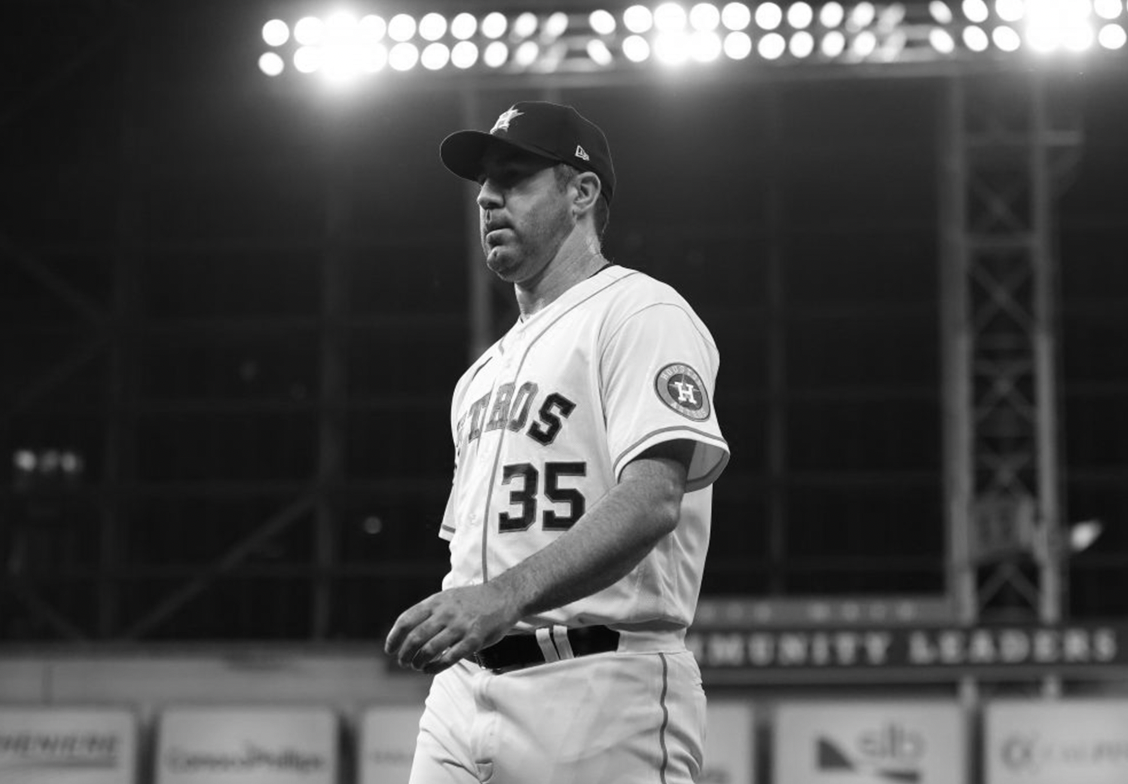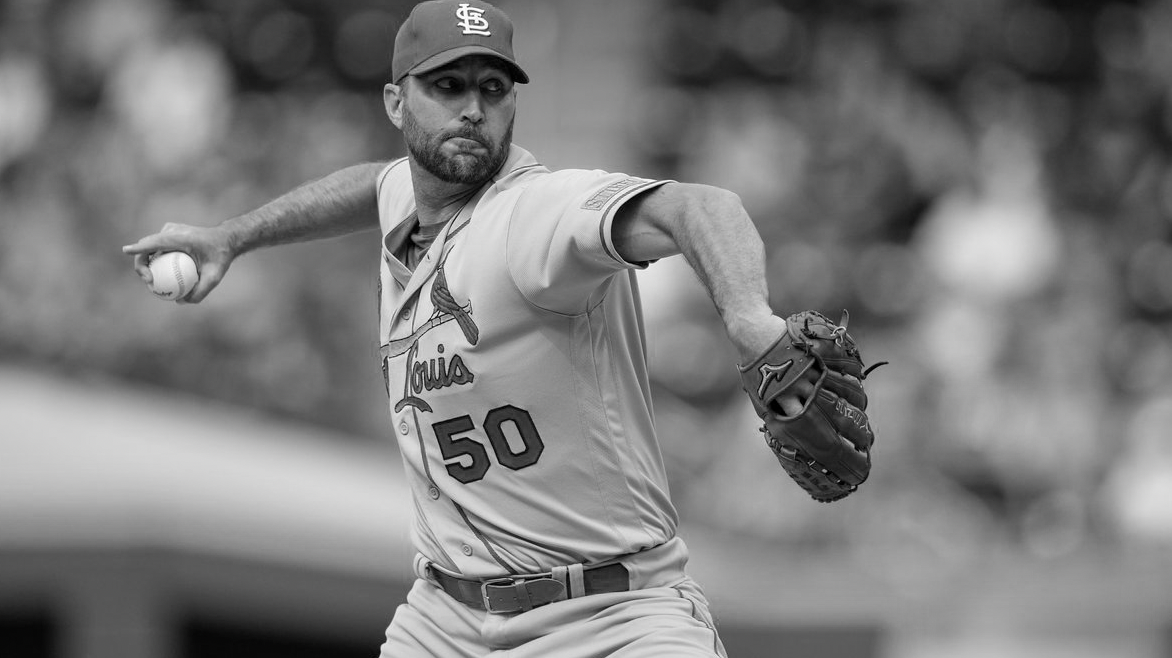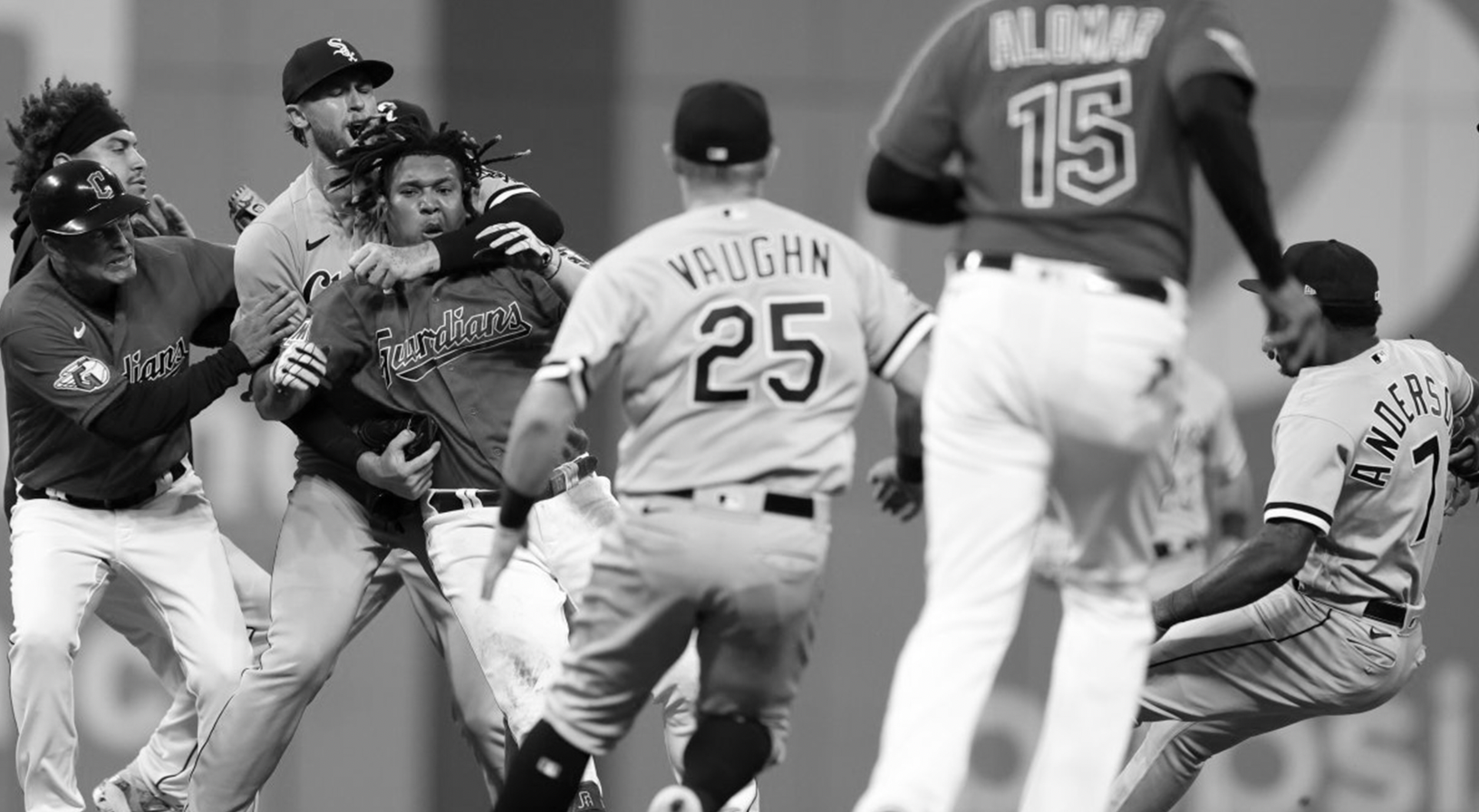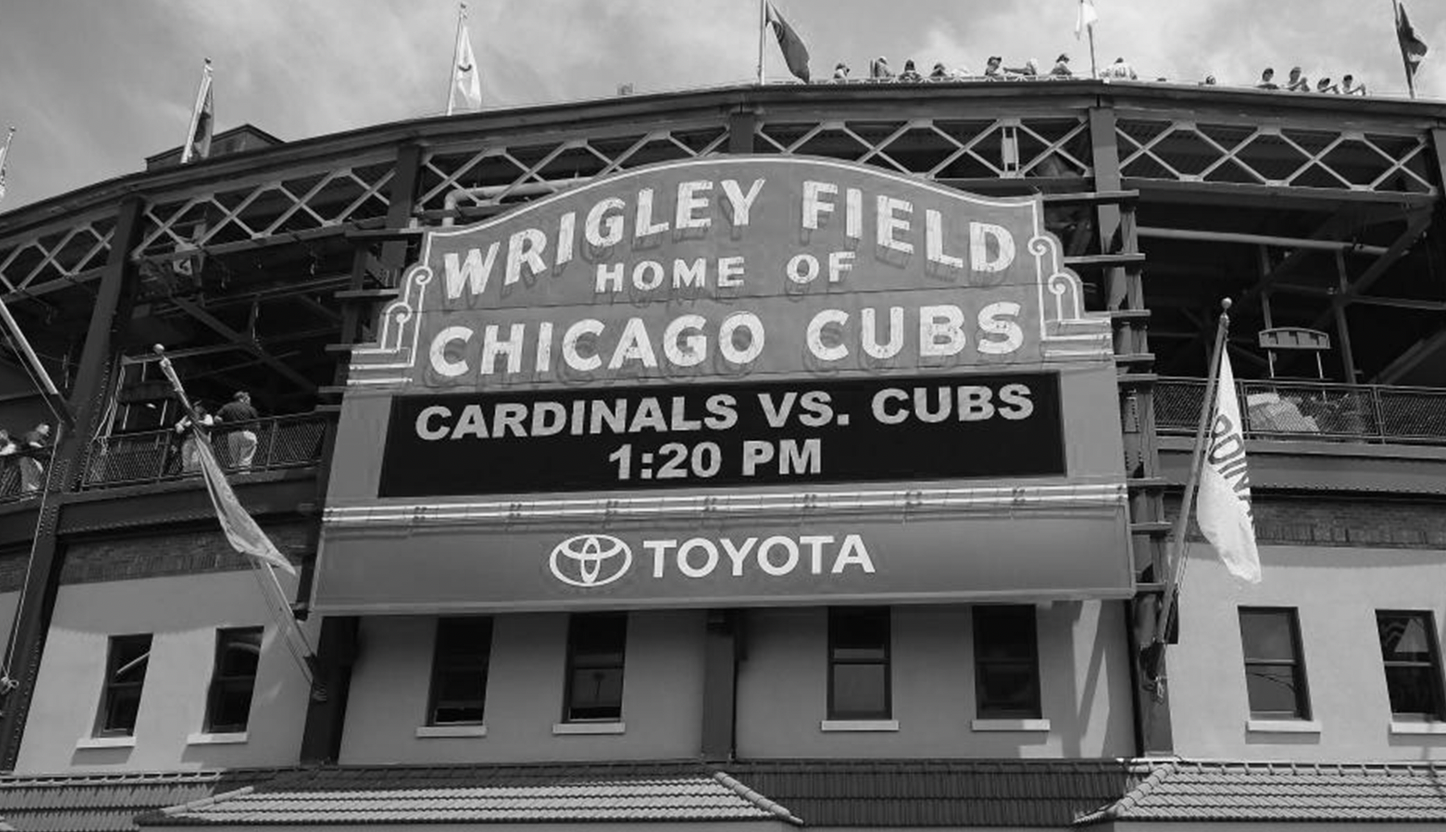Bending the Rules
I loved going to Reds games growing up. I enjoyed getting to the game early, watching batting practice, and seeing Johnny Bench throw bullets to the bases during fielding practice. As the groundskeepers readied the diamond for the game, I marveled at how carefully they would chalk the batter’s box. When the Reds came up in the bottom half of the first, leadoff hitter Pete Rose would walk to the plate and erase the back line of the batter’s box so he had more time to react to pitches. He did it every time, home and on the road. I remember asking my Dad why would the umpires let him do that. Isn’t that cheating? The answer was that he was just bending the rules. What exactly can you do to bend the rules? Let’s take a look.
Elrod Hendriks, Orioles’ catcher, bent the rules unintentionally in the 1970 World Series. The first game in Cincinnati was tied 3-3 in the sixth inning when Reds pinch hitter, Ty Cline, hit a high chopper in front of the plate. Bernie Carbo charged home from third. Unfortunately the play surprised home plate umpire Ken Burkhardt as he positioned himself between the sliding Carbo and Hendriks. Burkhardt raised his right hand signaling out, even though Hendriks’ tag on Carbo was with his mitt while the ball stayed in Elrod’s hand. Baseball rules clearly provide that a fielder cannot apply a tag with an open glove. Burkhardt never saw it.
Catchers can only use their masks for protection, not to field a ball. In 2021 Giants’ catcher Curt Casali used his mask to stop a ball. Arizona baserunners were awarded an extra base. In a game at Fenway three years prior, Red Sox catcher Christian Vazquez scooped up an errant pitch with his mask. Confused by the incident when the umpires awarded runners an extra base, the Red Sox broadcasting team deemed it a “catcher’s balk”. Find that one in the rule book. The actual rule is called the detached equipment rule, and it was correctly applied in both instances.
Fielders also can’t throw their gloves at batted balls. Two incidents with pitchers stand out. In 2013 in a game in Colorado, Rockies’ batter Josh Rutledge laid down a bunt that rolled between the pitcher’s mound and first base line. Trying to stop the ball, Clayton Kershaw threw his glove at it. Fortunately, he missed. If the glove had made contact with the ball, the batter and baserunners would have been awarded two or even three bases. Dodgers’ pitcher Duaner Sanchez in a 2005 game vs. the Diamondbacks tried to field a soft pop up over his head by throwing his glove at it. He did make contact and Arizona hitter Luis Terrero was awarded third base. Stiff penalties! Keep your glove on your hand.
Also, keep your helmet on your head! A little over a week ago Cubs’ rookie Pete Crow-Armstrong doubled into the right field corner in a game vs. the Mets. For whatever reason, Pete took his helmet off as he ran toward second base. He beat the throw, but attempted to stay on the base by holding his helmet on the bag. New York second baseman Joey Wendle applied a late tag, and umpire Carlos Torres motioned that Crow-Armstrong was still safe. The Mets did not appeal the play, but if they had it was clearly an out. Know the rules when they are trying to be bent!
The most notorious attempt to bend the rules is the hidden ball trick. It’s when an infielder tries to confuse a baserunner on the location of the baseball, resulting in the fielder tagging out the runner. One important caveat to the trick is that the ball must be in play, meaning that time hasn’t been called. Most often players call time after a play ends so that it is nearly impossible for the play to happen. The use of a hidden ball trick in MLB is pretty rare. Often, you see infielders try and deke runners into believing the ball is somewhere else. Former Giants’ third baseman Matt Williams on two occasions successfully asked a runner to step off the base so that he could sweep off the dirt from the bag, then applied the tag. Pretty clever.
My favorite tale is that of Rockies former first baseman Todd Helton, who will be inducted into the Hall of Fame this summer. In mid September 2013 Helton announced his retirement after a 17-year career with Colorado. A few days later he decided to do a little trickery on the way out. Rockies pitcher Roy Oswalt attempted unsuccessfully to pick the Cardinals Matt Carpenter off of first base. Helton then faked a throw back to the mound, and when Carpenter began to take his lead, Helton applied the tag. Gotcha! The veteran Helton said after the game: “I’ve been wanting to do that for 17 seasons. Now I can cross that off my bucket list.” Maybe Helton will mention his trickery in his Cooperstown address this July.
Most every Little Leaguer growing up in Cincinnati tried to emulate Pete Rose -- maybe it was your swing, running to first base on a walk, or attempting a head first slide. As for me, I sometimes tried to bend the rules. I remember attempting my own hidden ball trick in a game against a heated rival. It was at first ruled successful then the other manager pointed out that time had been called. Foiled! I was successful, unknowingly of course, in a game that I caught and a third strike was tipped back at me. I looked around and the ball didn’t land in my mitt, but rather was lodged in my chest protector. I pulled it out and the 15-year old umpire signaled out. It’s okay to bend the rules if the umpires say okay. Be like Pete!
Until next Monday,
your Baseball Bench Coach

